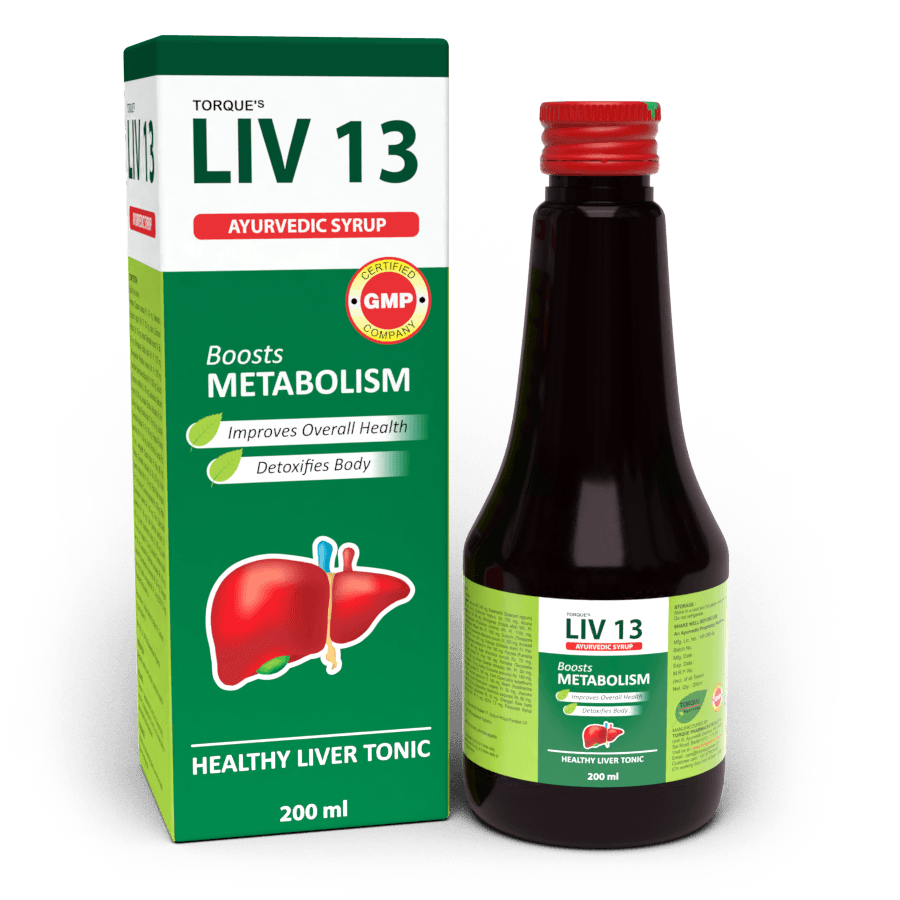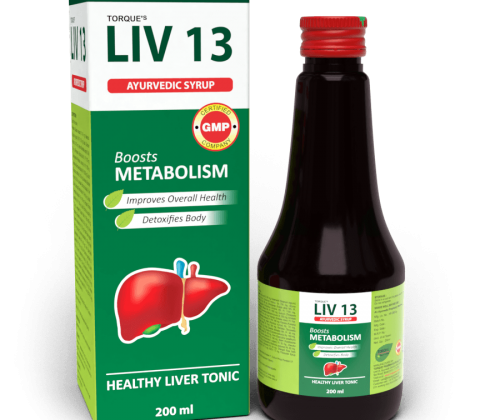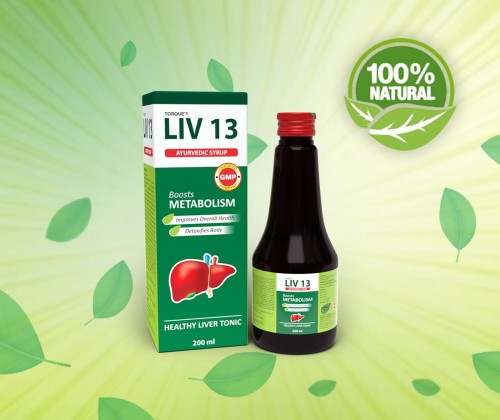

Your liver is indeed the body’s most complex organ. It performs many types of essential tasks related to the conversion of food to energy (metabolism). You know carbohydrates, fats, and proteins from food or meals are transported to the liver from the digestive organs via the portal vein. Nutrients pass into the tinier branches of the portal vein and seep via the blood vessel walls and into the liver cells. The cells are small manufacturing sites where these materials get used to making essential body-building blocks such as bile, immune factors, cholesterol, plasma proteins, and albumin.
You know through a specialized filtering system, the liver does perform the important task of eliminating toxins and impurities (such as alcohol, drugs, and even that of preservatives) from the blood. The liver is even an important site for converting food to energy and gathering it as glycogen. Fat-soluble vitamins like that of D and E are even stored in the liver. The good news is that these days you can find Live13 Ayurvedic syrup for liver disorders to ensure that your liver is healthy and fit.
Once the liver disease develops, the ability of your liver to perform its metabolic, detoxification, and storage tasks get impaired. Once these essential processes are not working as they should, the whole body gets affected.
What is the Liver?
The liver is the biggest solid organ in the body. Folks may not know that the liver is even the largest gland in the body. The liver is two dissimilar types of the gland. It is a secretory gland as it has a specialized structure that is specifically designed to allow it to make and secrete bile into the bile ducts. It even is an endocrine gland since it makes and secretes chemicals directly into your blood that have effects on other organs in your body. Bile is a fluid that both helps in digestion and absorption of fats and it even carries waste products into your intestine.
Where Is Your Liver Located?
The liver is located just below your diaphragm (the muscular membrane separating the chest from your abdomen), mainly in the upper right part of the abdomen, it is mostly under the ribs. However, it even extends across the middle of the upper abdomen and shares way into the left upper abdomen. An irregularly shaped, dome-like firm structure, the liver is formed up of two main parts (a huger right lobe and a smaller left lobe) and two minor lobes. The upper border of the right lobe is at the degree of the top of the fifth rib (a little less than 1/2 inch below your nipple), and the upper border of the left lobe is simply below the 5th rib (nearly 3/4 inch below the nipple). During inspiration (breathing in), the liver gets pushed down by the diaphragm, and the lower edge of the liver slopes below the margin of the lowest rib (costal margin).
How Big Is Liver?
The liver weighs nearly three and a half pounds (1.6 kilograms). It does measure on average, nearly eight inches (twenty cm) horizontally (across), and six point-five inches (seventeen cm) vertically (down), and it is four point five inches (twelve cm) thick.
Quick terms to Help You know and understand the Liver ailments
There are many terms that your doctor or a professional might use when referring to your liver conditions. You must have an idea about them.
- Ascites
It is the accumulation of fluid in the abdomen.
- Endoscopy
It is a non-surgical procedure wherein a slim, lighted scope with a camera attached gets down the throat to aid in diagnosis or treatment.
- Jaundice
It is yellowing of your skin and the whites of the eyes.
- Tumour
It is an abnormal growth of cells that can be benign (non-cancerous) or even that malignant (cancerous).
- Varices
It is abnormally dilated and lengthened veins.
- Shunt
It is a joining between two important veins to reduce pressure and stop the bleeding Varices.
What are the common Liver ailments?
It might surprise you that more than one hundred types of liver disease have been recognized. Their common feature is that they all engage damage to the liver that disturbs its capability to function normally. Remember that early liver ailment could have minimal or no symptoms and often are going to be passed over as being the flu. As the liver ailment progresses, characteristic signs do grow. Remember that such signs can include a yellow tone to your skin and whites of eyes (jaundice) and even that of brownish urine. In advanced cirrhosis, the abdomen turns out to be distended with fluid (ascites) and broken blood vessels in your stomach, and the esophagus triggers bleeding. The person might vomit blood or pass black stools.
Quick Facts
Liver disease can be caused or triggered by alcoholism, fatty liver, and even that hepatitis.
- You know your liver is the largest solid organ in the body, weighing on normal about 3.5 pounds.
- The liver performs a large number of critical functions, including the manufacture of necessary proteins, and the metabolism of fats and carbohydrates.
- Your liver even serves to remove harmful biochemical waste products and detoxify alcohol, specific types of drugs, and environmental toxins.
- The liver creates and secretes bile that possesses bile acids to help in the digestion and intestinal absorption of fats and the fat-soluble vitamins A, E, D, and K.
- Ailments that may affect the liver encompass hepatitis (inflammation of your liver), cirrhosis (scarring), fatty liver, and even that liver cancer (hepatocellular carcinoma).
- You know your liver is the largest solid organ in the body, weighing on normal about 3.5 pounds.
- The liver performs a large number of critical functions, including the manufacture of necessary proteins, and the metabolism of fats and carbohydrates.
- Your liver even serves to remove harmful biochemical waste products and detoxify alcohol, specific types of drugs, and environmental toxins.
- The liver creates and secretes bile that possesses bile acids to help in the digestion and intestinal absorption of fats and the fat-soluble vitamins A, E, D, and K.
- Ailments that may affect the liver encompass hepatitis (inflammation of your liver), cirrhosis (scarring), fatty liver, and even that liver cancer (hepatocellular carcinoma).
What are the symptoms of liver ailment?
- Bleeding or easy bruising,
- Extensive swelling,
- Extreme fatigue
- jaundice (yellow coloring to skin and whites of the eyes).
- Bleeding or easy bruising,
- Extensive swelling,
- Extreme fatigue
- jaundice (yellow coloring to skin and whites of the eyes).
What type of syrup you can take to stay away from liver issues?
You know there are so many different types of liver syrups but if you want to go for a good or rather the best syrup for liver function then you must count on Live13 Ayurvedic syrup. Yes, torque’s Live13 Ayurvedic Syrup is an impactful and effective Ayurvedic syrup that is meant to eradicate all toxins from the body to leave it clean and pure. If you want to enhance your overall health, you should consume this syrup regularly. It is meant to enhance your metabolism. The syrup has properties such as analgesic and anti-inflammatory that are effective in liver disorders. The ingredients help in catering the strength to the liver that is essential for maintaining better liver health. It can also be consumed to tackle the loss of appetite. You know what once you take this syrup, you would find no issues related to the liver. You can find it safe and working for you. but remember that you take this syrup only after shaking the bottle properly. Also, it is important that you keep the bottle in a cooler place and not in Sun rays.
Conclusion
Thus, since you now have a fair knowledge about the liver organ, how it works, what are the signs of the liver proper and how you can deal with it, and also about Syrup for liver disorders; make sure that you do not take a chance with anything.


